How To Find Hidden Cameras And Microphones?
In today's world, privacy is a growing concern, and the possibility of hidden cameras and microphones in private spaces is a real threat. Whether you're staying in a hotel, renting an Airbnb, or even suspecting surveillance in your own home, knowing how to detect these hidden devices is crucial. This article will guide you through practical steps to find hidden cameras and microphones, ensuring your privacy and peace of mind.
Understanding the Threat
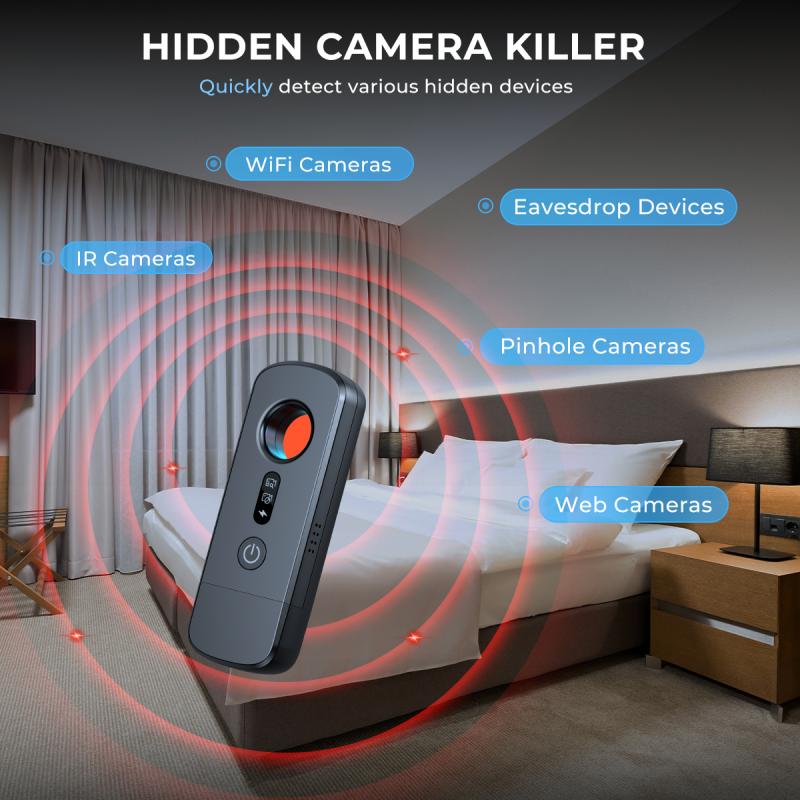
Before diving into detection methods, it's essential to understand why someone might use hidden cameras and microphones. These devices can be used for various reasons, including:
1. Surveillance: To monitor activities without the subject's knowledge.
2. Espionage: To gather sensitive information.
3. Voyeurism: To invade personal privacy for malicious purposes.
Hidden cameras and microphones can be incredibly small and easily concealed in everyday objects, making them difficult to detect without the right knowledge and tools.
Visual Inspection
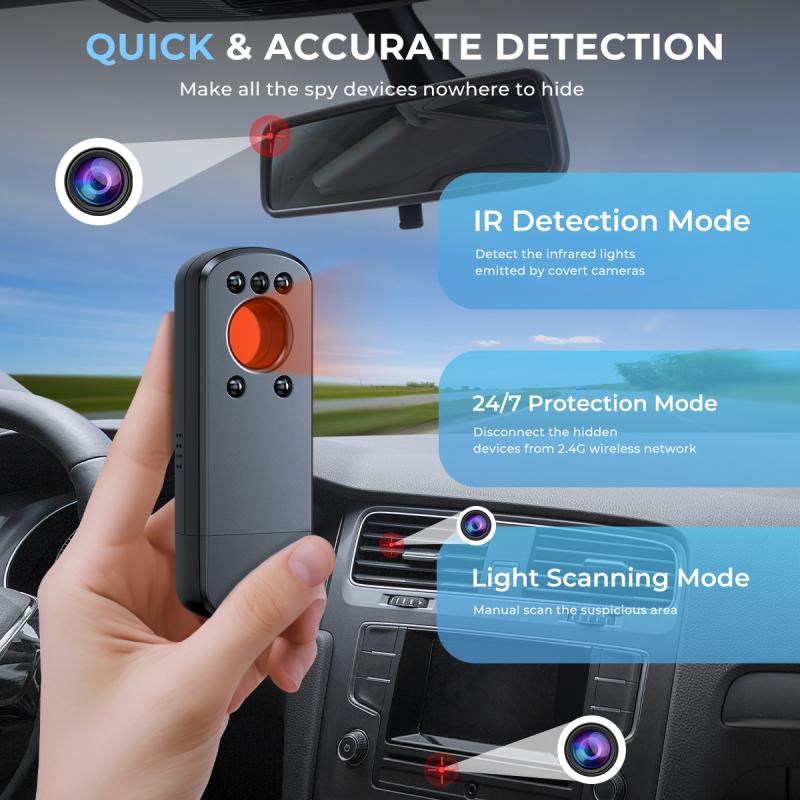
The first step in detecting hidden cameras and microphones is a thorough visual inspection. This method doesn't require any special equipment and can be surprisingly effective.
1. Check Unusual Objects: Look for objects that seem out of place or have an unusual design. Common hiding spots include smoke detectors, alarm clocks, picture frames, and electrical outlets.
2. Inspect Small Holes: Cameras need a line of sight to capture images, so look for small holes or openings in walls, ceilings, and objects.
3. Use a Flashlight: Turn off the lights and use a flashlight to scan the room. The lens of a hidden camera may reflect light, making it easier to spot.
4. Examine Mirrors: Some hidden cameras are disguised as mirrors. To check if a mirror is two-way, place your fingernail against the glass. If there's a gap between your nail and its reflection, it's a regular mirror. If there's no gap, it could be a two-way mirror with a camera behind it.
Using Technology
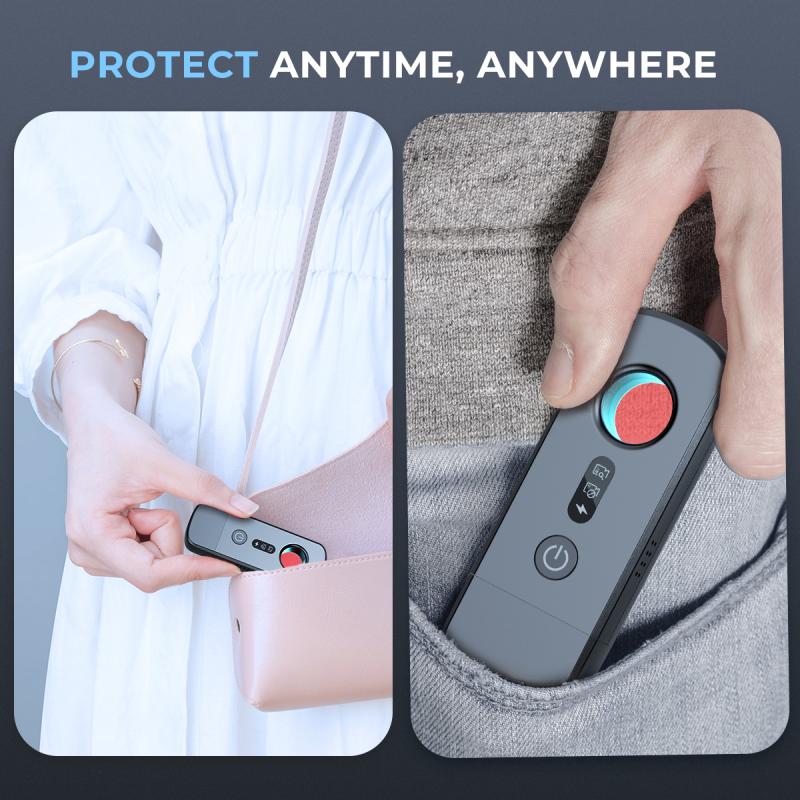
While a visual inspection is a good start, technology can significantly enhance your ability to detect hidden devices.
1. RF Detectors: Radio Frequency (RF) detectors can pick up the signals emitted by wireless cameras and microphones. These devices are relatively affordable and easy to use. Simply turn on the RF detector and sweep it around the room. If it detects a signal, it will alert you.
2. Camera Lens Detectors: These devices use infrared light to detect camera lenses. When you look through the viewfinder, any hidden camera lenses will appear as bright spots.
3. Smartphone Apps: Several apps are available that can help detect hidden cameras and microphones. These apps use your phone's camera and flashlight to scan for hidden devices. Some popular options include Hidden Camera Detector and Glint Finder.
Physical Inspection
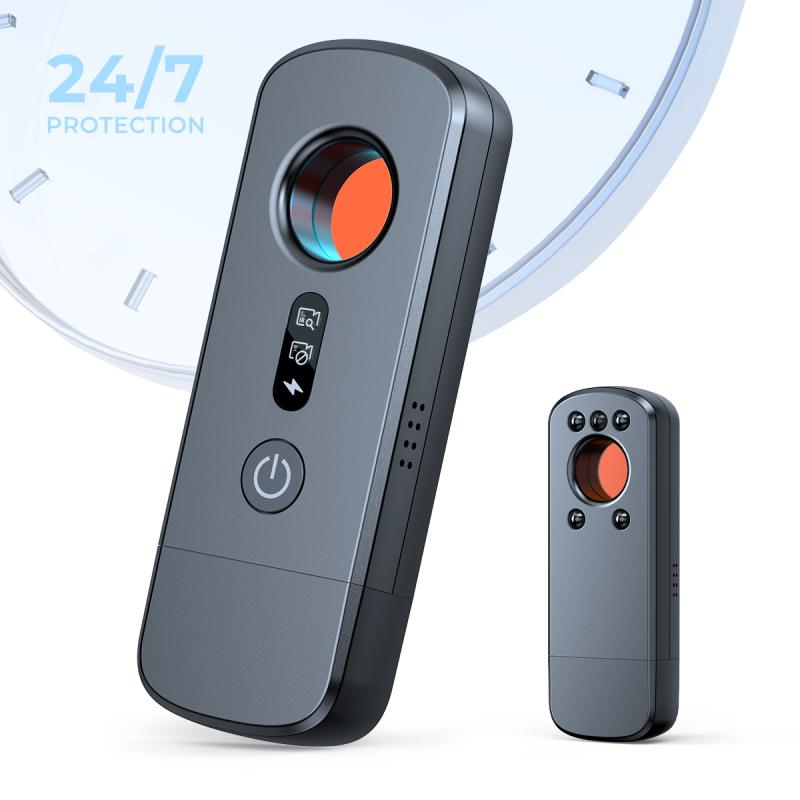
In addition to visual and technological methods, a physical inspection can help uncover hidden devices.
1. Check Electrical Outlets: Hidden cameras and microphones often need a power source. Inspect electrical outlets and power strips for any unusual devices or wires.
2. Examine Light Fixtures: Light fixtures are another common hiding spot. Remove the cover and check for any hidden devices.
3. Inspect Furniture: Hidden devices can be concealed in furniture, such as chairs, tables, and couches. Look for any unusual modifications or additions.
Audio Detection
Hidden microphones can be more challenging to detect than cameras, but there are still effective methods to find them.
1. Use a White Noise Generator: A white noise generator can help mask conversations and make it difficult for hidden microphones to pick up clear audio. Place the generator in the room and turn it on to create background noise.
2. Listen for Unusual Sounds: Hidden microphones may produce faint buzzing or clicking sounds. Turn off all electronics and listen carefully for any unusual noises.
3. Use an Audio Bug Detector: These devices can detect the presence of hidden microphones by picking up the signals they emit. Sweep the room with the detector to locate any hidden audio devices.
Professional Help
If you're unable to find hidden cameras or microphones on your own, consider seeking professional help. Private investigators and security experts have specialized equipment and expertise to detect hidden devices. While this option can be more expensive, it provides peace of mind knowing that your space has been thoroughly inspected by professionals.
Preventative Measures
In addition to detecting hidden devices, there are steps you can take to prevent them from being installed in the first place.
1. Secure Your Space: Ensure that your home or rental property is secure by using high-quality locks and security systems. This can help prevent unauthorized access.
2. Be Cautious with Guests: If you have guests staying in your home, be cautious about who you allow in. Limit access to private areas and keep an eye on any unusual behavior.
3. Regular Inspections: Conduct regular inspections of your space to check for any new or unusual devices. This can help you catch hidden cameras and microphones early.
Privacy is a fundamental right, and the presence of hidden cameras and microphones can be a significant invasion. By following the steps outlined in this article, you can effectively detect hidden devices and protect your privacy. Remember to conduct thorough visual and physical inspections, use technology to enhance your detection efforts, and seek professional help if needed. Additionally, take preventative measures to secure your space and maintain your privacy. With these strategies, you can ensure that your personal and private moments remain just that—private.

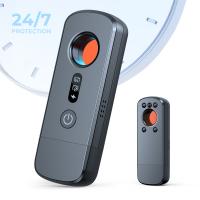

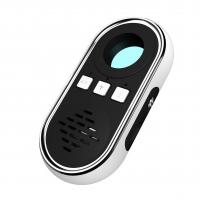
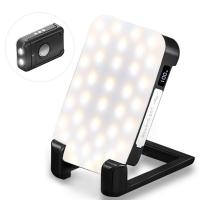
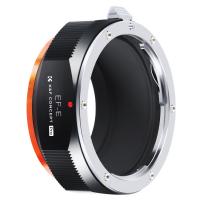
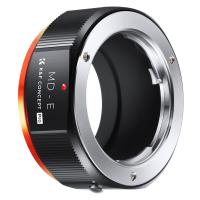
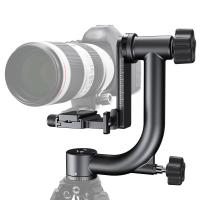
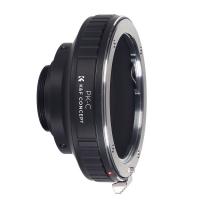

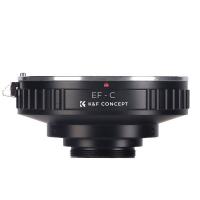
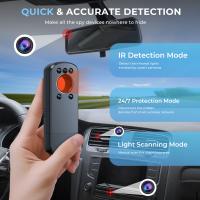
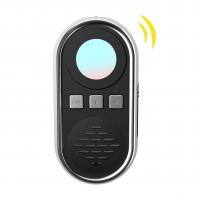

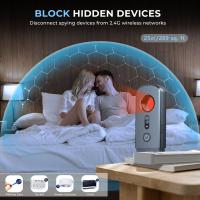


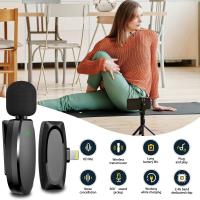

There are no comments for this blog.